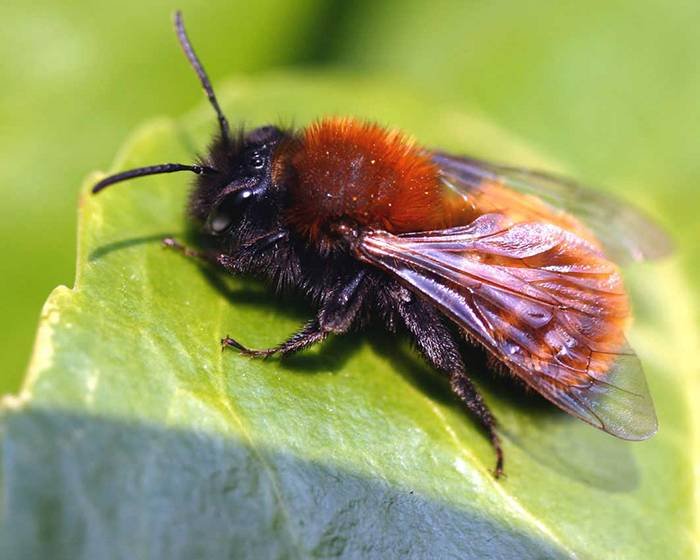Beautiful Plants For Your Interior
Tawny Mining Bee
Scientific Name: Andrena fulva

Species: Tawny Mining Bee (Solitary Bee)
The Tawny Mining Bee (Andrena fulva) or Fox-coloured Mining Bee is a bee known for its distinctive fox-coloured coat and is a European solitary bee belonging to the sand bee genus Andrena.
Conservation Status:
These Bees are not currently listed as a threatened or endangered species by any major conservation organisations. However, very little data (classed as ‘data deficient’) is available to make an accurate judgement on this species, as noted in the IUCN Redlist of Threatened Species 2014.
About:
These furry, gingery bees are a familiar sight in parks and gardens during the springtime. They are known for their distinctive nesting habits.
How to Identify:
This Mining Bees can be identified by their distinctive reddish-orange fur on the back of the female Tawny Mining Bee, contrasting sharply with the black hair on its head and underside, males are less striking with brownish-red fur.
In addition, for observers to identify bees, they can look at bee size. These bees are relatively small in size, with males measuring 10 to 12 mm and females 8 to 10 mm in length.
Nesting:
Tawny Mining Bees dig nesting burrows in areas of short or little vegetation, they also favour south-facing slopes where the female goes about producing a distinctive ‘mini-volcano’ at the entrance to the nest.
When to See:
These bees are active flyers from March to June, so keep an eye out for them during the early spring months.
Distribution:
Found across Europe, Tawny Mining Bees range from the Balkans to southern Scandinavia, including the UK and Ireland where it is much scarcer. There are also increasing records of this solitary bee in central Scotland.
Habitats:
These bees are ‘generalists’ when it comes to habitat, thriving in various locations with short vegetation. This includes gardens, parks, light woodlands, dry grasslands, and even urban environments.
Did You Know Fact:
The Tawny Mining Bee has a natural enemy – the Large or Dark Edge Bee-fly (Bombylius major) This parasitic fly lays its eggs in the bee’s nest, and the hatching fly larvae feed on the developing bee pupae.
